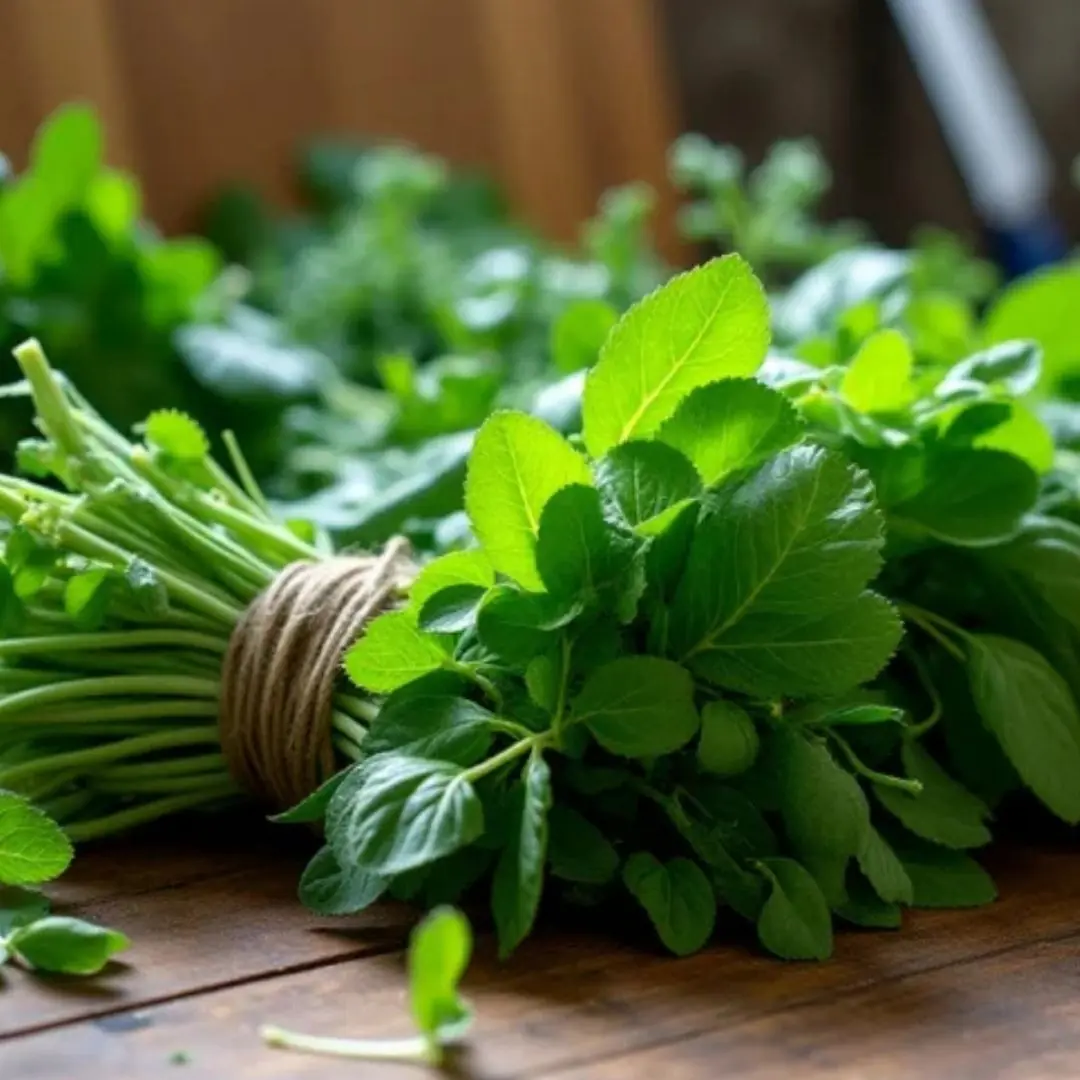
6 tips to choose sweet watermelon with bright red flesh, no need to knock on the skin
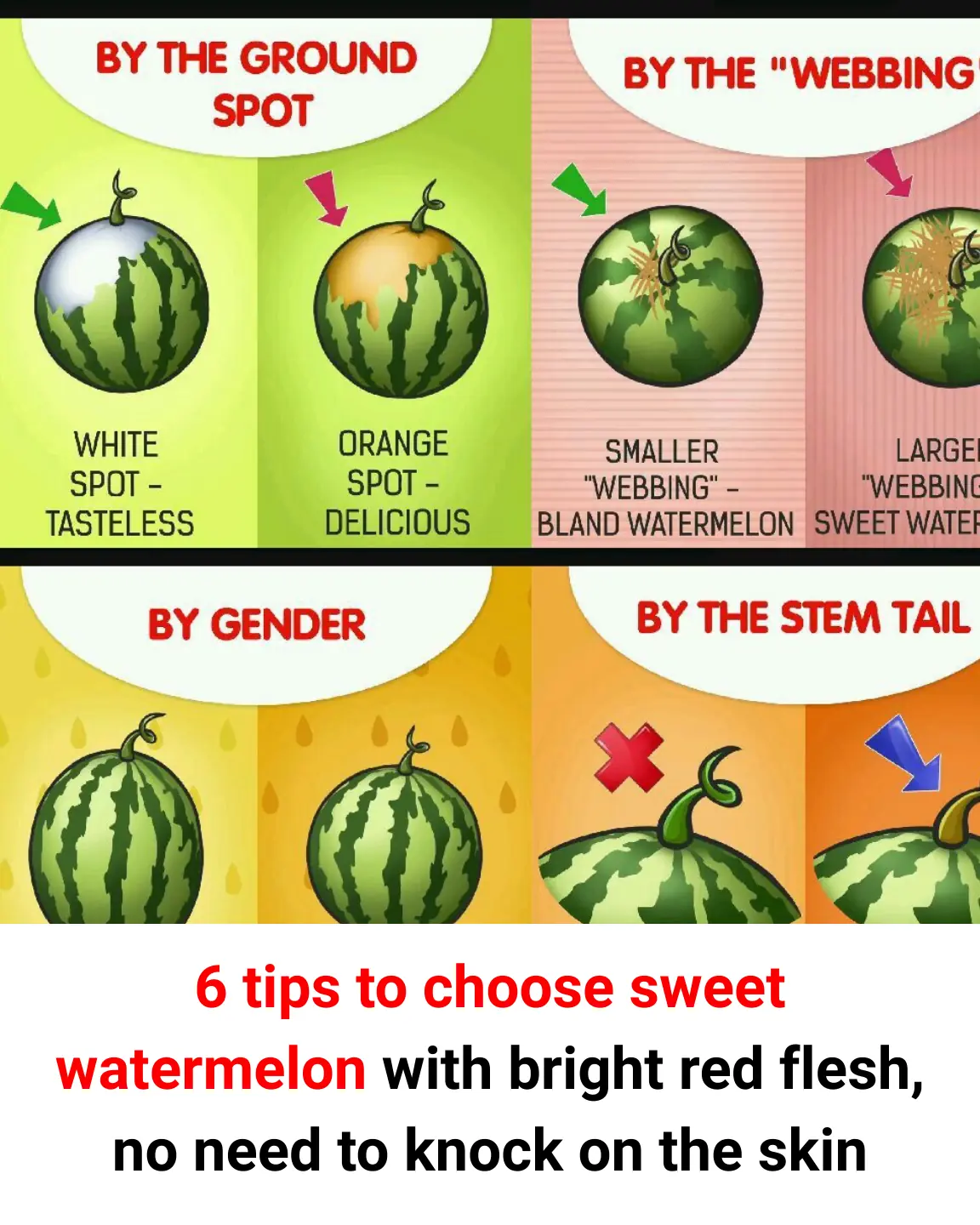
Knock on the rind - Experience in choosing watermelons that many people apply
A way to check whether a watermelon is ripe or not that many people apply is to knock on the rind.
According to the experience that people pass on to each other, a ripe watermelon will have a clear, resonant sound when knocked on the rind. Meanwhile, young watermelons with a bland taste often create a dull and short knocking sound. When buying watermelons, consumers often spend a lot of time knocking on the rind of each fruit and checking which fruit shows signs of ripeness, suitable for their needs.
However, this tip also confuses many people. Distinguishing the sound made when tapping on different watermelons is not easy.
Therefore, instead of knocking on the rind, you can rely on the 6 tips for choosing sweet, ripe watermelons below to buy fresh and delicious melons.
6 tips for choosing watermelons without knocking on the rind
Look at the ground of the watermelon
The watermelon will have a part that is in contact with the ground. Because this area is not exposed to light, it will be yellow, completely different from the rest. Ripe, juicy melons often have a deep yellow rind. Meanwhile, if the rind is pale white, it means it is still young and was harvested too early. Young melons will have pale red flesh, not reaching the required sweetness.
In some cases, even though the watermelon is not ripe enough, people still harvest it and have to use ripening methods, reducing the quality of the melon.
To know if the melon is sweet, you can also look at the brown spots on the melon rind.
This is a sign that the melon has been pollinated by bees and other insects. If the melon flower is well pollinated, the melon will also be sweeter, with a higher amount of natural sugar.
The brown spots show that it has undergone a full pollination process, resulting in a sweet melon.
Therefore, when buying melons, do not hesitate to choose those with dark brown spots.
Observe the stem of the melon
You can observe the stem of the watermelon to know its freshness and ripeness.
You should choose melons with stems that have withered and turned brown. This is a sign that the melon is old and has reached its natural sweetness.
Fruits with large, green stems are usually young melons, the inside is pale in both color and smell.
Look at the navel of the melon
The navel of the melon is on the opposite side of the stem. This is the trace of the flower left after falling. A melon with a large navel usually has a thicker skin and less flesh.
Meanwhile, melons with small, concave navels often show that it has a thin skin. Through this melon, there is a thicker layer of flesh and fewer seeds.
Look at the shape of the watermelon
Depending on the variety, the shape of the watermelon will be different. There are varieties of large and round watermelons, and there are also varieties with elongated fruits.
When comparing melons of the same variety, some people often apply folk tricks to distinguish between "male" and "female" melons.
Watermelons with elongated shapes are often juicier. Round, plump ones tend to be sweeter.
It should be noted that this trick will not be accurate for all types of melons because elongated melons are inherently shaped like that, making it impossible to distinguish. This method is more suitable for round melons.
Moderate weight
When buying a melon, you should not pay too much attention to weight. The bigger the fruit, the sweeter it is. Their quality does not depend entirely on size. A melon that is too light may be because it is not ripe enough. Meanwhile, a melon that is too heavy may be because it is overripe or has too much water.
Save these 6 tips for choosing sweet, red-fleshed watermelons without having to knock on the skin to apply next time you go to the market or supermarket to buy watermelons.
News in the same category

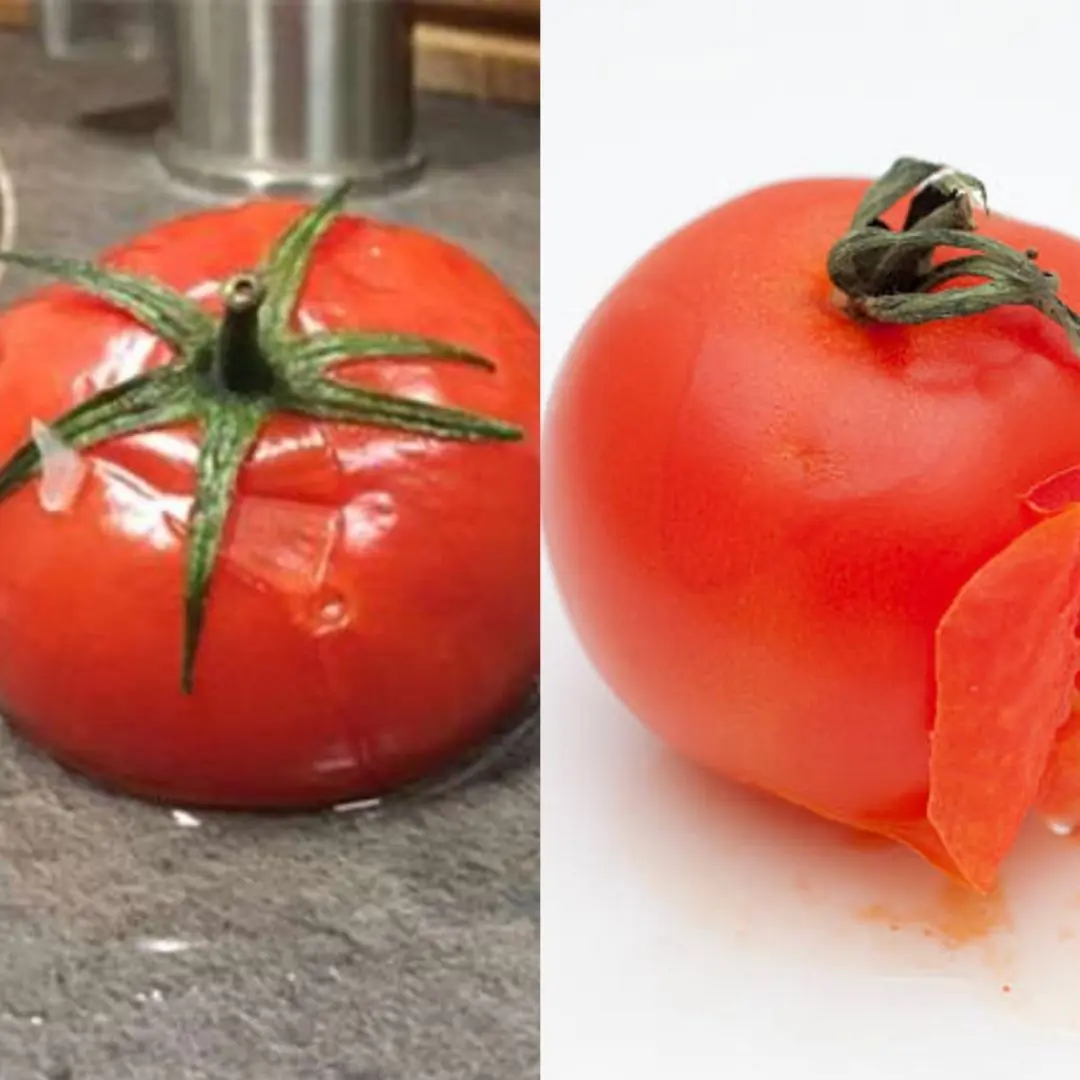
Don't throw away spoiled tomatoes, you can use them to do these 3 extremely useful things

Dicas Muito Necessárias para Quem Voa com Frequência
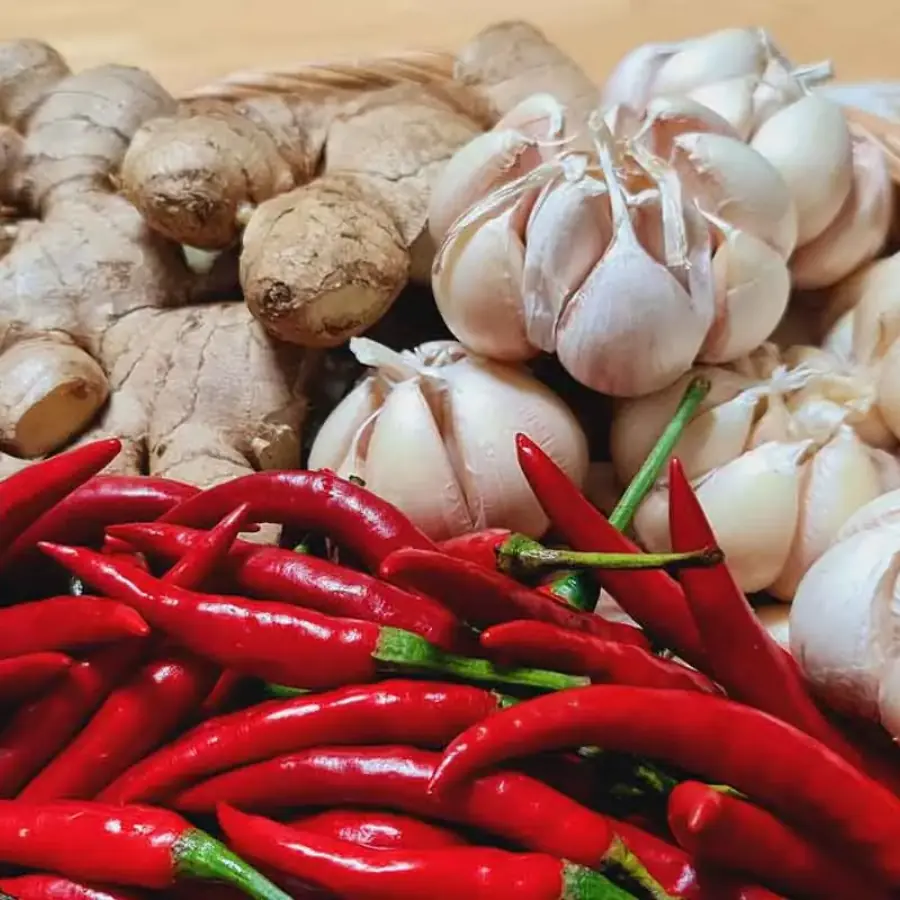
Não Coloque Gengibre, Alho e Pimenta na Geladeira: Armazene-os Assim para Mantê-los Frescos Como Armazenar Gengibre, Alho e Pimenta Sem Refrigerar para Mantê-los Frescos por um Mês Inteiro

Usando um Secador de Cabelos Desta Forma - Toda a Família, de Jovens a Idosos, Não Sabe o Que É Doença

Os Erros Comuns ao Usar Fogões de Indução e Como Evitá-los

8 Tipos de Plantas que as Cobras Evitam
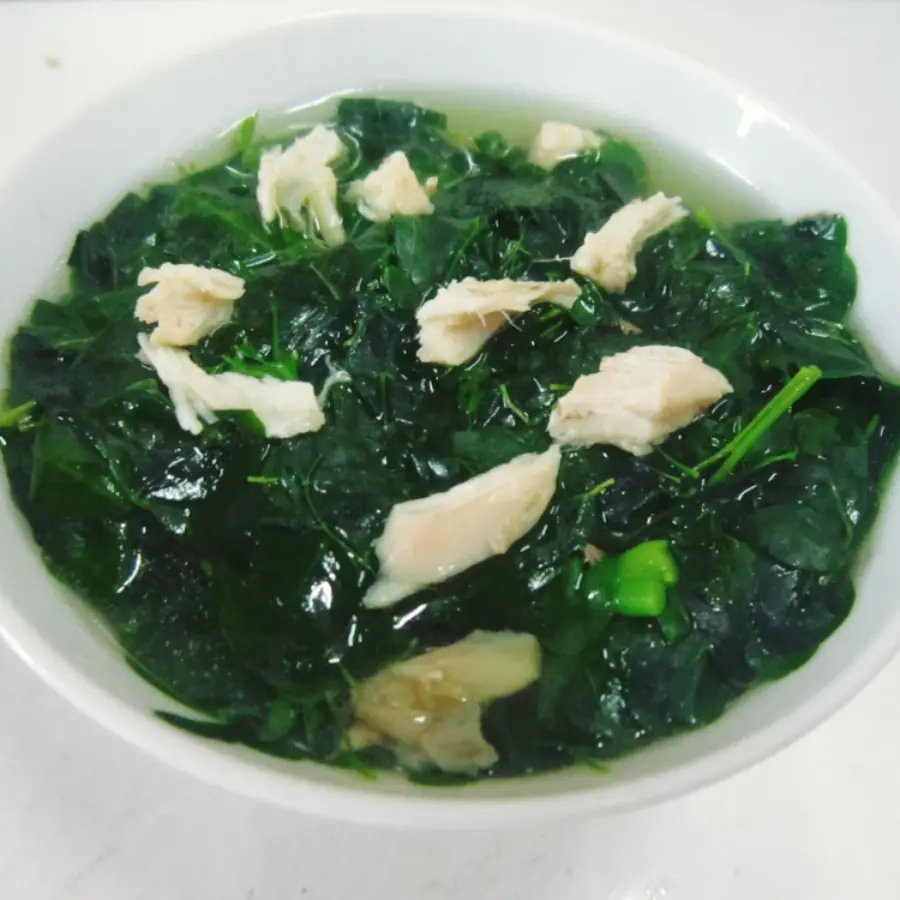
3 Tipos de Legumes Mais Ricos em Cálcio do que o Leite: Comê-los Regularmente Ajuda a Manter a Saúde Interna e a Beleza Externa

Este Legume de Raiz Econômico é um Potente “Impulsionador Natural” para Homens
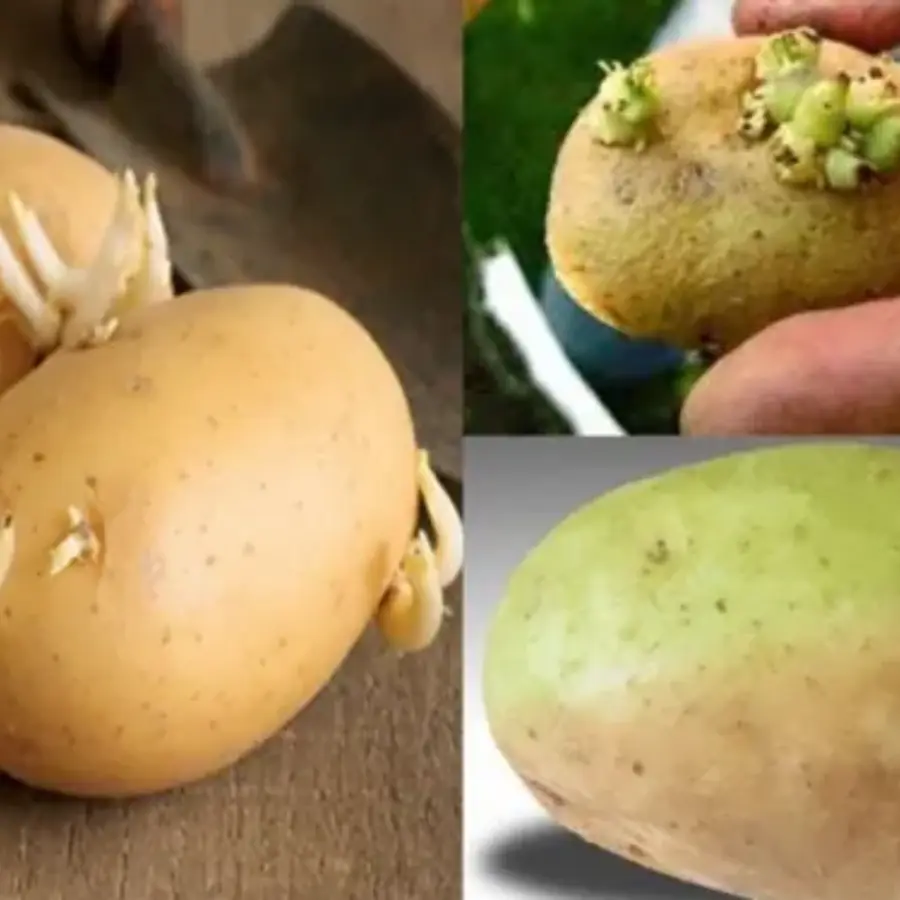
Dicas Para Manter as Batatas Frescas e Evitar o Broto

6 Tipos de Peixes, Não Importa o Preço, Que Você Deve Evitar Comer
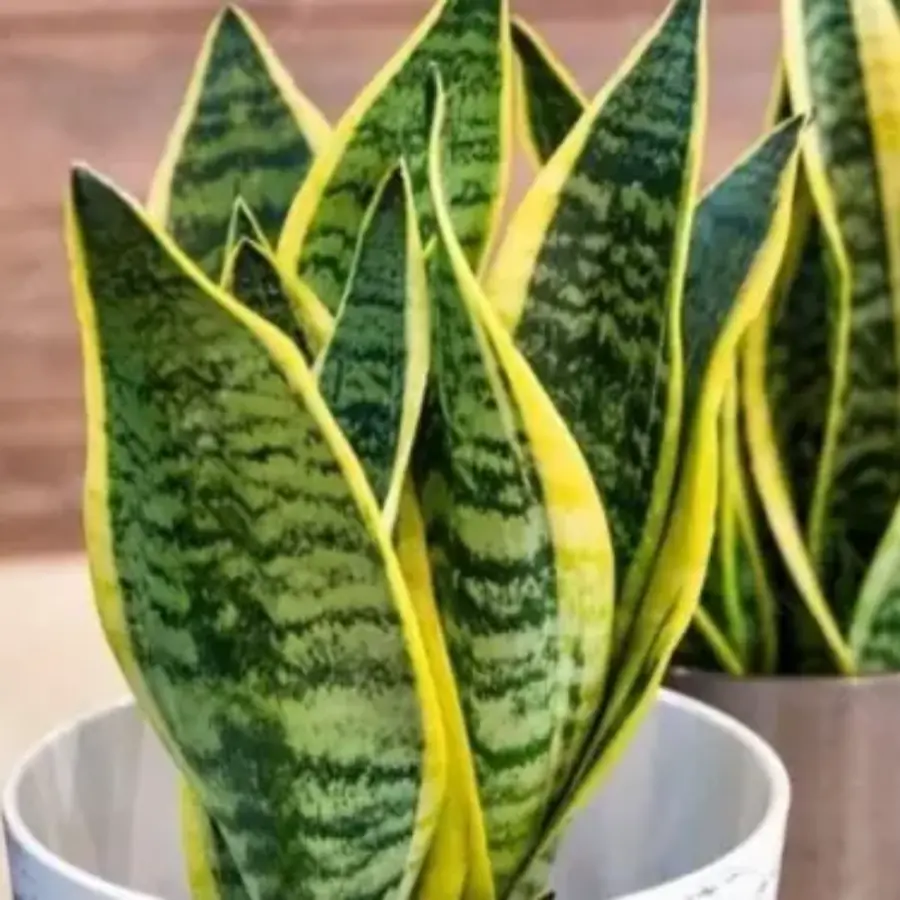
A Idade é um Tabu para a Planta Cobra

Dicas Para Lidar Com Quando o Prato Fica Salgado Demais

Dicas para Lidar Quando o Prato Fica Salgado Demais
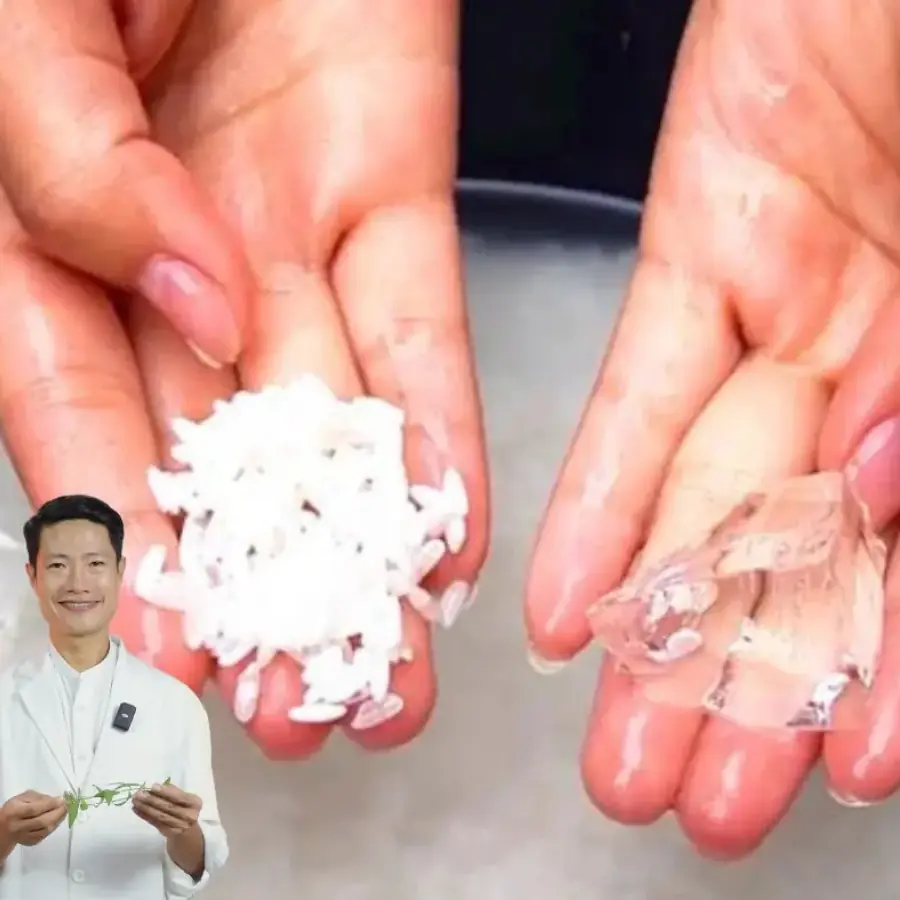
Tente Colocar 2 Cubos de Gelo em uma Panela de Arroz e o Resultado Vai Surpreender Muitas Pessoas!

Great tips to 'eliminate' food odors and ba.d smells in the house and kitchen
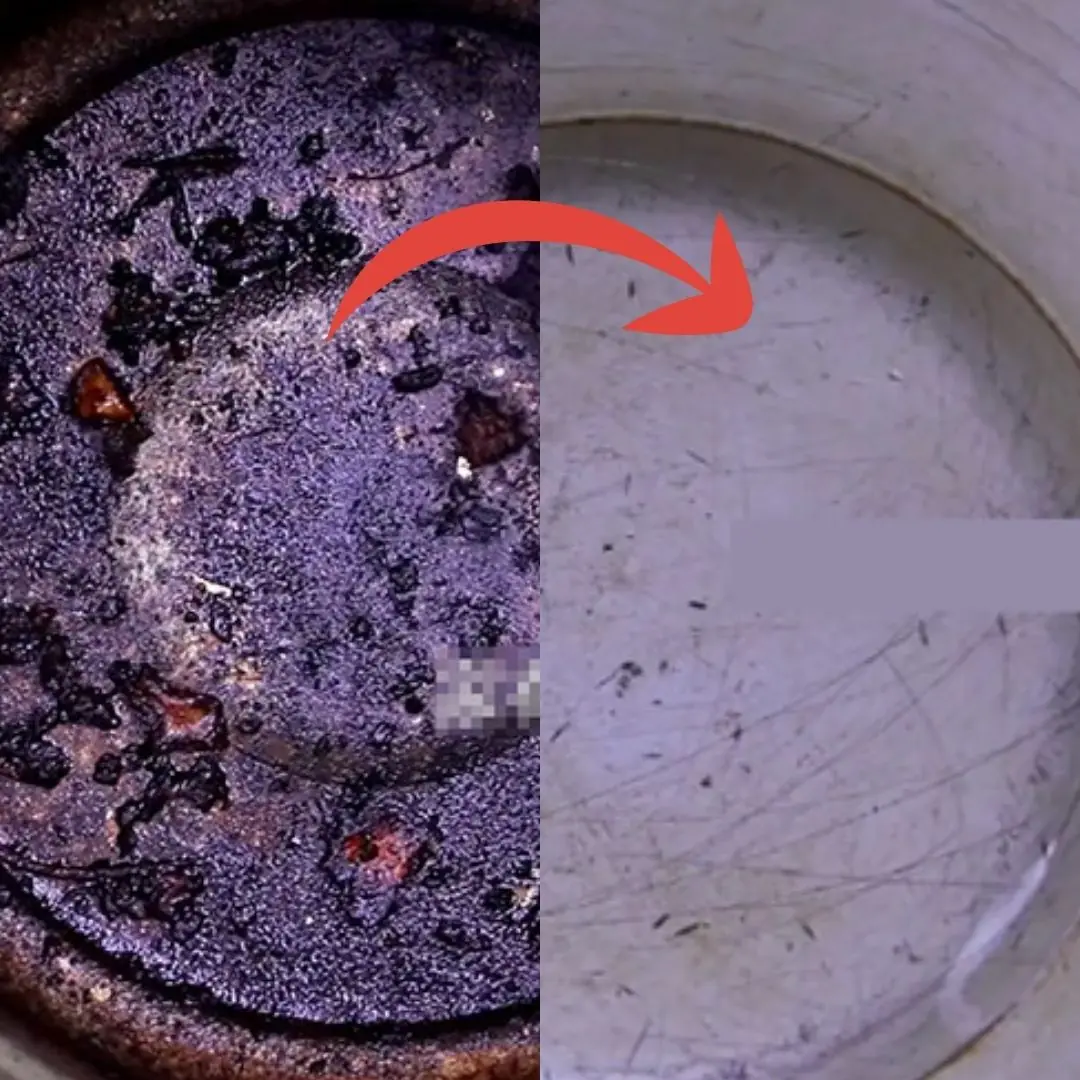
Burnt pot, apply this tip, the stain will disappear in a few minutes

6 tipos de peixe com tanto ômega-3 quanto o salmão, são baratos, têm carne doce e poucos ossos
News Post

3 tips to preserve food in hot summer while still ensuring hygiene

Don't throw away spoiled tomatoes, you can use them to do these 3 extremely useful things

Why shouldn't you open the window when sleeping at night?

10 Alimentos Relacionados ao Cân.cer que Você Nunca Deve Colocar na Boca Novamente Porque Alimentam o Crescimento do Cân.cer
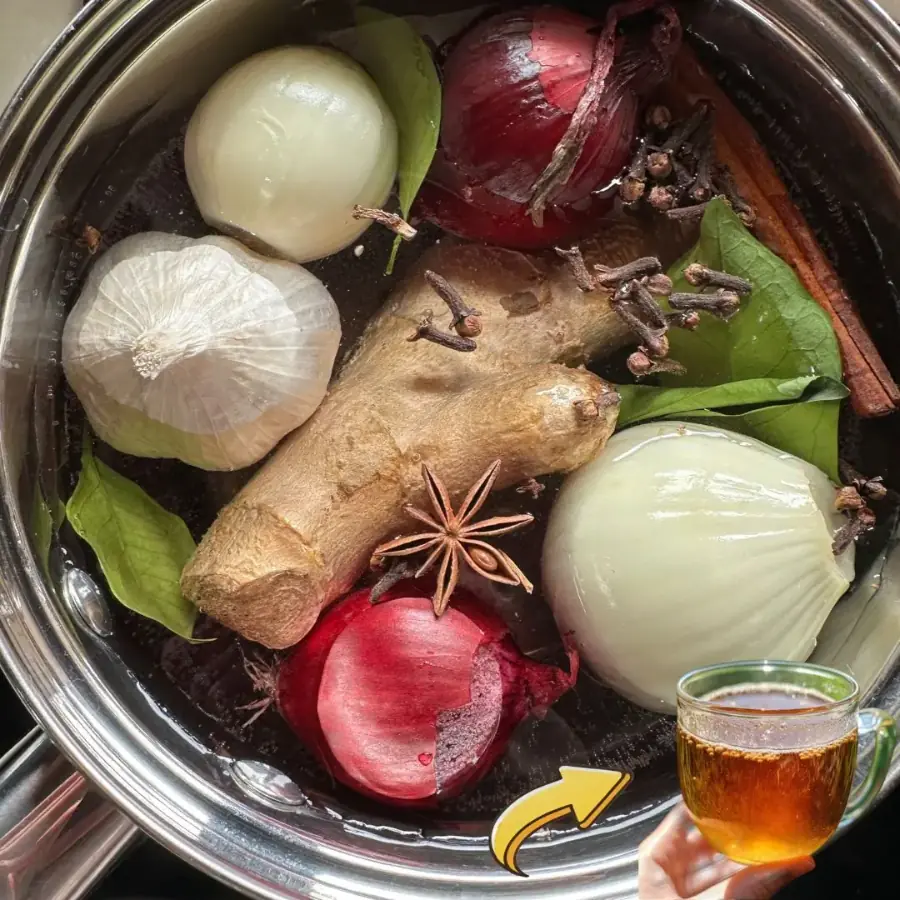
O Melhor Chá Pela Manhã e Após o Jantar

Dicas Muito Necessárias para Quem Voa com Frequência

Limpeza Natural dos Rins, Fígado e Pulmões para Melhor Saúde

Não Coloque Gengibre, Alho e Pimenta na Geladeira: Armazene-os Assim para Mantê-los Frescos Como Armazenar Gengibre, Alho e Pimenta Sem Refrigerar para Mantê-los Frescos por um Mês Inteiro

Usando um Secador de Cabelos Desta Forma - Toda a Família, de Jovens a Idosos, Não Sabe o Que É Doença

Os Erros Comuns ao Usar Fogões de Indução e Como Evitá-los

8 Tipos de Plantas que as Cobras Evitam

3 Tipos de Legumes Mais Ricos em Cálcio do que o Leite: Comê-los Regularmente Ajuda a Manter a Saúde Interna e a Beleza Externa
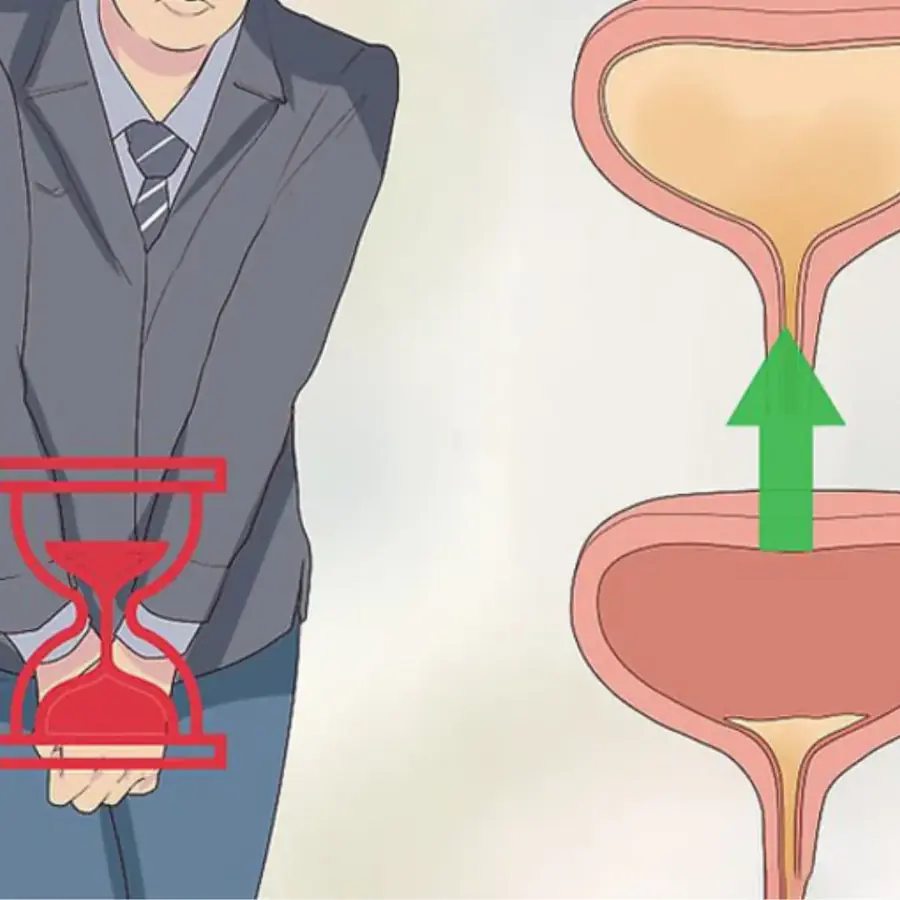
Os Perigos de Segurar a Urina

Este Legume de Raiz Econômico é um Potente “Impulsionador Natural” para Homens

Dicas Para Manter as Batatas Frescas e Evitar o Broto

6 Tipos de Peixes, Não Importa o Preço, Que Você Deve Evitar Comer

Não é Preciso Água, Apenas Faça Assim e o Resultado Vai Surpreender Muitas Pessoas!

A Idade é um Tabu para a Planta Cobra
